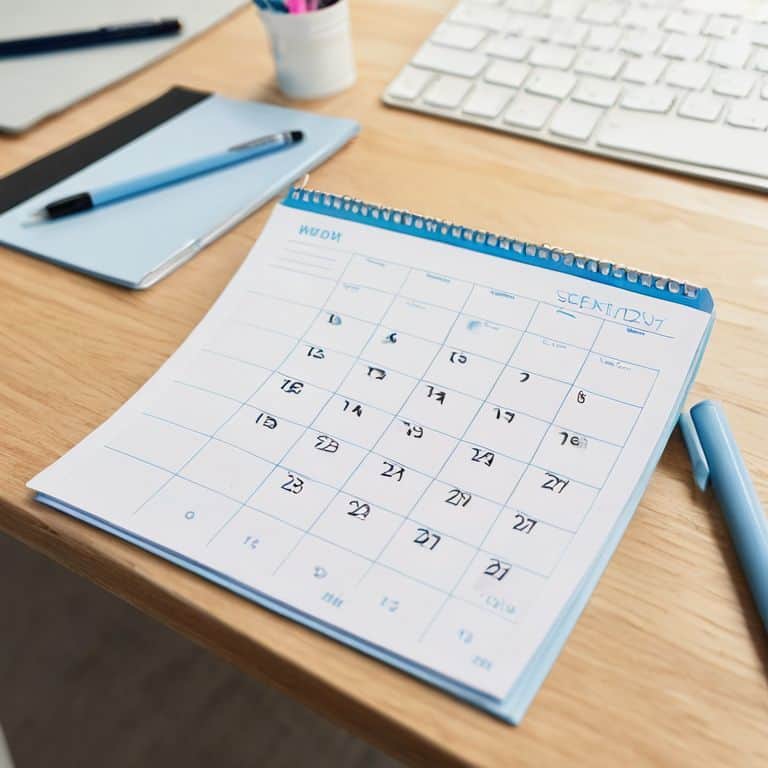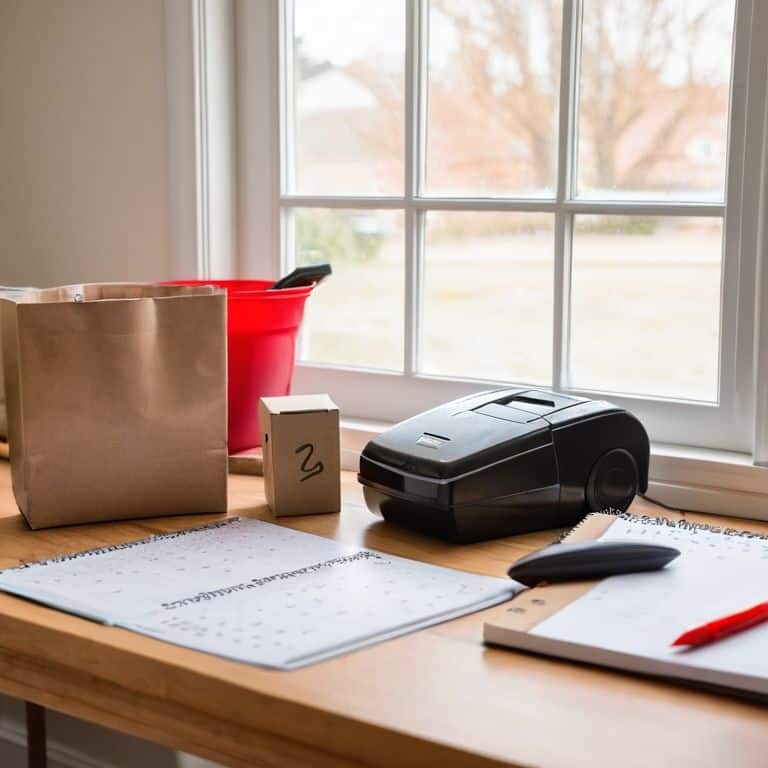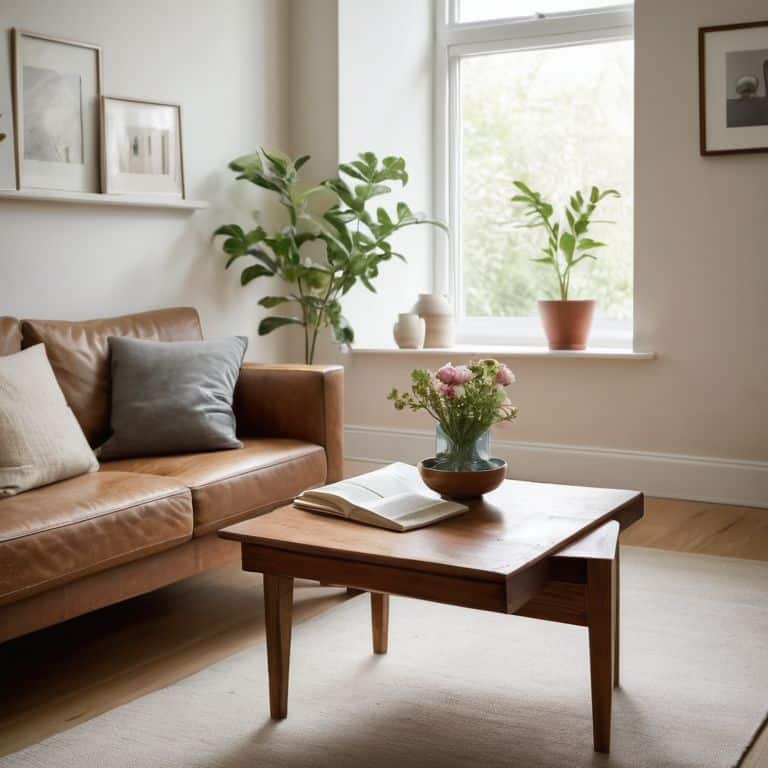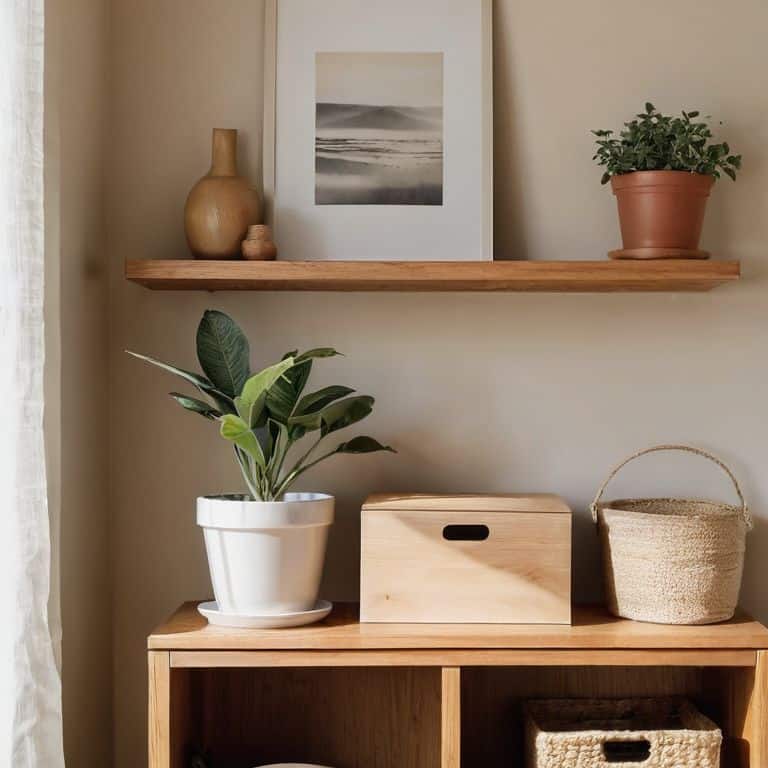I still remember the day I realized that the one-month decluttering challenge wasn’t just about tidying up, but about transforming my life. As a former corporate HR professional, I’d seen how cluttered desks often mirrored cluttered minds, and I was determined to find a solution. My journey into the world of professional organizing began with a simple question: what if our homes could be more than just a reflection of our chaos, but a sanctuary from it? I’ve since dedicated my life to helping others achieve this same sense of peace, and I’m excited to share my expertise with you through this guide.
In the following pages, I’ll walk you through the practical, step-by-step approach to the one-month decluttering challenge that has helped countless individuals create a more serene living environment. You’ll learn how to “interview” your belongings, letting go of items that no longer serve a purpose, and how to create systems that bring order to your space. My goal is to empower you with the knowledge and motivation to turn your home into a true haven, where you can relax, recharge, and find clarity in a busy world. By the end of this journey, you’ll have the tools to maintain your newfound sense of calm and tranquility, and to make the one-month decluttering challenge a lasting success.
Table of Contents
Guide Overview: What You'll Need

Total Time: 4 weeks
Estimated Cost: $0 – $100
Difficulty Level: Intermediate
Tools Required
- Label Maker (optional)
- Markers (various colors)
- Sticky Notes (for reminders)
Supplies & Materials
- Storage Bins (various sizes)
- Shelves (if needed)
- Donation Boxes (for charity donations)
- Recycling Bins (for paper, plastic, etc.)
Step-by-Step Instructions
- 1. First, let’s start by setting the stage for our one-month decluttering challenge. Begin by envisioning your ideal living space – what does it look like, feel like, smell like? Take a few moments to jot down your thoughts, emotions, and sensations associated with this vision. This will be our guiding light throughout the challenge, helping us stay focused on what we want to achieve.
- 2. Next, we’ll be tackling one area at a time to avoid feeling overwhelmed. Start small, beginning with a single shelf, drawer, or corner of a room. Clear everything off the surface and sort items into three piles: keep, donate/sell, and discard. Be ruthless – if you haven’t used it in the past year, it’s likely safe to let it go.
- 3. Now that we have our piles, it’s time to assign a home for each item we’ve decided to keep. This means designating a specific place where the item will be stored, making it easy to find and put back when we’re done using it. For example, if you’re decluttering your kitchen, you might assign a specific drawer for all your baking utensils.
- 4. As we work through each area, it’s essential to interview each item to determine its purpose and whether it sparks joy. Ask yourself questions like: When was the last time I used this? Does it have sentimental value? Can I replace it if I need it again? Be honest with yourself, and remember, the goal is to create a space that feels like a sanctuary.
- 5. On the 10th day of our challenge, we’ll be focusing on paper clutter – bills, receipts, documents, and the like. Sort these items into categories (e.g., to file, to shred, to pay) and tackle each group systematically. Consider implementing a digital system for storing documents and paying bills to reduce physical clutter in the future.
- 6. Around the halfway mark, it’s common to start feeling stuck or unmotivated. To combat this, schedule a “decluttering buddy” session with a friend or family member. Work on a small project together, like organizing a bookshelf or cleaning out a closet. This can help you stay accountable and gain a fresh perspective on your space.
- 7. As we near the end of our challenge, it’s time to bring it all together. Take a step back and evaluate the progress you’ve made. Notice how your space feels more peaceful and serene. Make any necessary adjustments to your systems and habits to ensure you can maintain your newfound sense of calm. Celebrate your successes, no matter how small they may seem, and acknowledge the hard work you’ve put into creating a true sanctuary.
The One Month Decluttering Challenge

As we embark on this journey to create a sanctuary, it’s essential to remember that simple decluttering tips for beginners can go a long way. Start by creating a decluttering schedule that works for you, and stick to it. This will help you stay on track and make the process less overwhelming. By dedicating a small amount of time each day to decluttering, you’ll be amazed at how much you can accomplish in just a month.
One of the most significant benefits of this process is the impact it can have on your mental health. Benefits of minimalism for mental health are well-documented, and by embracing a more minimalist lifestyle, you can reduce stress and anxiety. Remember, it’s not just about getting rid of stuff; it’s about creating a space that nourishes your mind and soul. As you work through your home, consider the emotional attachment you have to each item, and ask yourself if it’s truly serving a purpose.
To maintain a clutter-free home, it’s crucial to develop habits that will help you stay on track. Overcoming decluttering obstacles is a common challenge, but by staying focused on your goals and celebrating small victories along the way, you can overcome any hurdle. Whether you’re decluttering and organizing small spaces or tackling an entire house, remember that every step forward is a step closer to creating the peaceful sanctuary you deserve.
Overcoming Obstacles to Minimalism
As we journey through the one-month decluttering challenge, it’s common to encounter obstacles that test our commitment to minimalism. One major hurdle is emotional attachment to certain items, making it difficult to let go. To overcome this, I recommend taking a moment to “interview” each item, asking yourself if it serves a purpose or brings joy. Be honest with yourself, and remember, the goal is to create a space that nourishes your mind and soul.
By acknowledging and working through these emotional attachments, you’ll become more mindful of your possessions and develop a clearer sense of what truly adds value to your life. This newfound awareness will empower you to make intentional decisions about what to keep and what to release, ultimately bringing you closer to your vision of a serene and organized home.
Simple Decluttering Tips for Beginners
As we embark on this journey, it’s essential to start with simple, manageable steps. For beginners, I recommend beginning with one area or category of items at a time. This could be your closet, a drawer, or even just your kitchen counters. By focusing on one space, you’ll be able to see progress quickly, which will help motivate you to continue.
Remember, decluttering is not just about getting rid of things, but also about creating a sense of flow and functionality in your space. Ask yourself, “Does this item have a purpose or a place?” If not, it might be time to let it go. By applying this simple question to each item, you’ll be surprised at how easily you can make decisions about what to keep and what to discard.
5 Essential Tips to Thrive in the One-Month Decluttering Challenge
- Start with a Clear Mind: Begin each day with a 10-minute meditation or deep breathing exercise to clarify your thoughts and focus on your decluttering goals
- Designate a ‘Maybe’ Box: For items that are difficult to decide on, place them in a ‘maybe’ box and set a deadline, such as 6 months, to revisit the item – if you haven’t used or thought about it by then, it’s likely safe to let it go
- Practice the ‘One In, One Out’ Rule: To maintain your newly decluttered space, adopt the habit of removing an old item every time you bring a new one into your home
- Schedule Regular ‘Self-Care’ Sessions: Set aside time each week to nurture your mind and body, whether that’s reading a book, taking a walk, or practicing yoga – a clear mind is better equipped to make intentional decisions about your space
- Create a ‘Purpose or Place’ for Each Item: As you declutter, ask yourself if each item has a purpose or a designated place in your home – if not, consider letting it go or finding a new home for it where it will be truly valued and used
Key Takeaways for a More Serene Home
By committing to small, daily decluttering tasks, you can transform your living space into a sanctuary that fosters mental clarity and peace
Embracing the concept that every object should have a ‘purpose or a place’ helps in making intentional decisions about what to keep and what to let go of, leading to a more organized and meaningful environment
Through the one-month decluttering challenge, you’ll not only tidy up your physical space but also cultivate a mindset that values simplicity, order, and the emotional well-being that comes with living in a harmonious and clutter-free home
Embracing the Journey to a Simpler Life
As we embark on the one-month decluttering challenge, remember that every item we let go of is not just a physical release, but a mental liberation – allowing us to reclaim our space and rediscover our sense of self.
Nathan Reed
Embracing a Clutter-Free Life

As we conclude our one-month decluttering challenge, take a moment to reflect on the journey. You’ve learned simple yet effective strategies to transform your living space, from creating a peaceful atmosphere to implementing habits that maintain your newfound serenity. Remember, it’s not just about getting rid of stuff, but about cultivating a mindset that values clarity and purpose in every aspect of your life. By embracing this challenge, you’ve taken the first steps towards a more organized, more peaceful you.
Now, as you stand in your refreshed, clutter-free home, remember that this is just the beginning. The true power of decluttering lies not in the act itself, but in the freedom and clarity it brings to your life. So, take a deep breath, feel the sense of accomplishment, and know that you have the tools to maintain this sense of calm and purpose. As you move forward, keep in mind that every object has a purpose or a place, and that your space is a reflection of your mind. Continue to nurture your sanctuary, and watch how it transforms your life in profound ways.
Frequently Asked Questions
How do I stay motivated throughout the one-month decluttering challenge and avoid burnout?
To stay motivated, I recommend focusing on the emotional benefits of each small win, rather than the task itself. Celebrate the sense of calm that comes with clearing a cluttered shelf or the joy of rediscovering a forgotten treasure. This mindset shift helps maintain momentum and makes the process feel therapeutic, rather than tedious.
What if I'm not sure what to keep or discard, are there any guidelines for making those decisions?
When deciding what to keep or discard, I recommend ‘interviewing’ each item. Ask yourself: What’s its purpose? Does it bring me joy or serve a function? Be honest, and consider the emotional attachment. If it’s just taking up space, it’s likely time to let it go. This simple exercise helps clarify what’s truly important to you.
Can I adapt the one-month decluttering challenge to fit my busy schedule or do I need to dedicate a specific amount of time each day?
Absolutely, adapt the challenge to fit your lifestyle. Even 10-15 minutes a day can be transformative. Focus on small, consistent steps, and remember, it’s about progress, not perfection. I encourage you to “interview” your belongings, asking if each item serves a purpose or brings joy, to help you decide what to keep and what to let go of.
